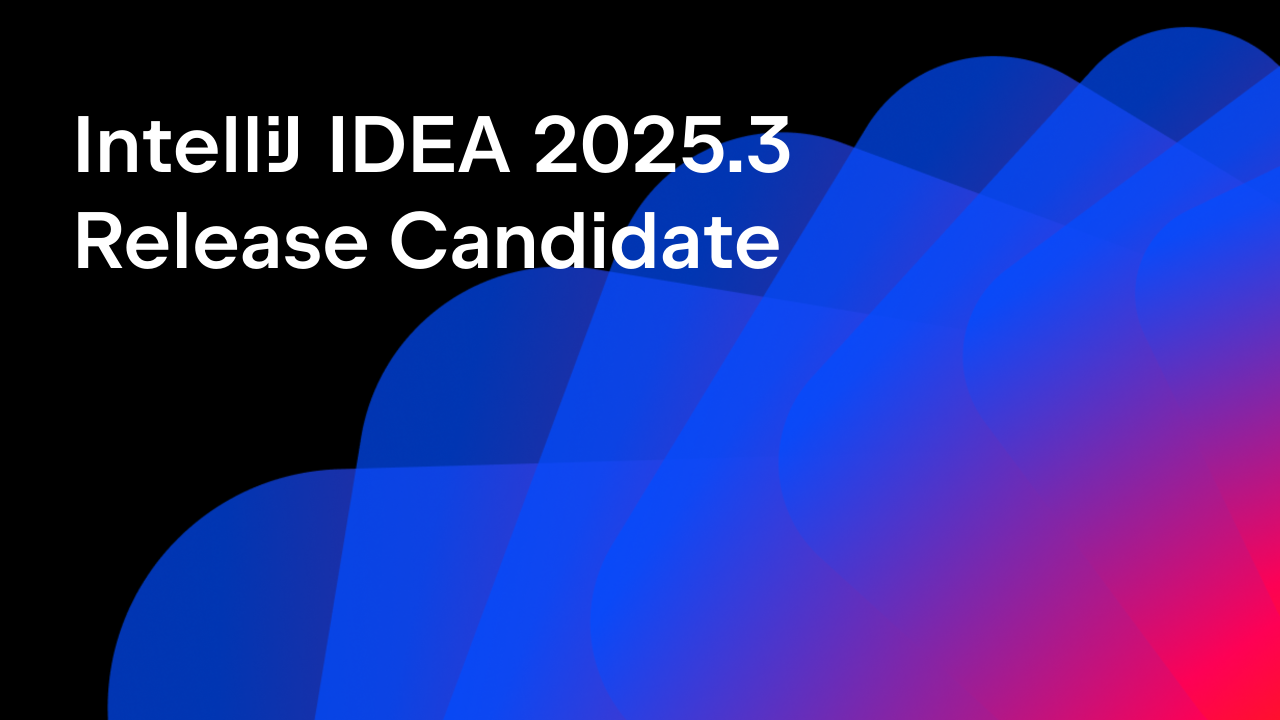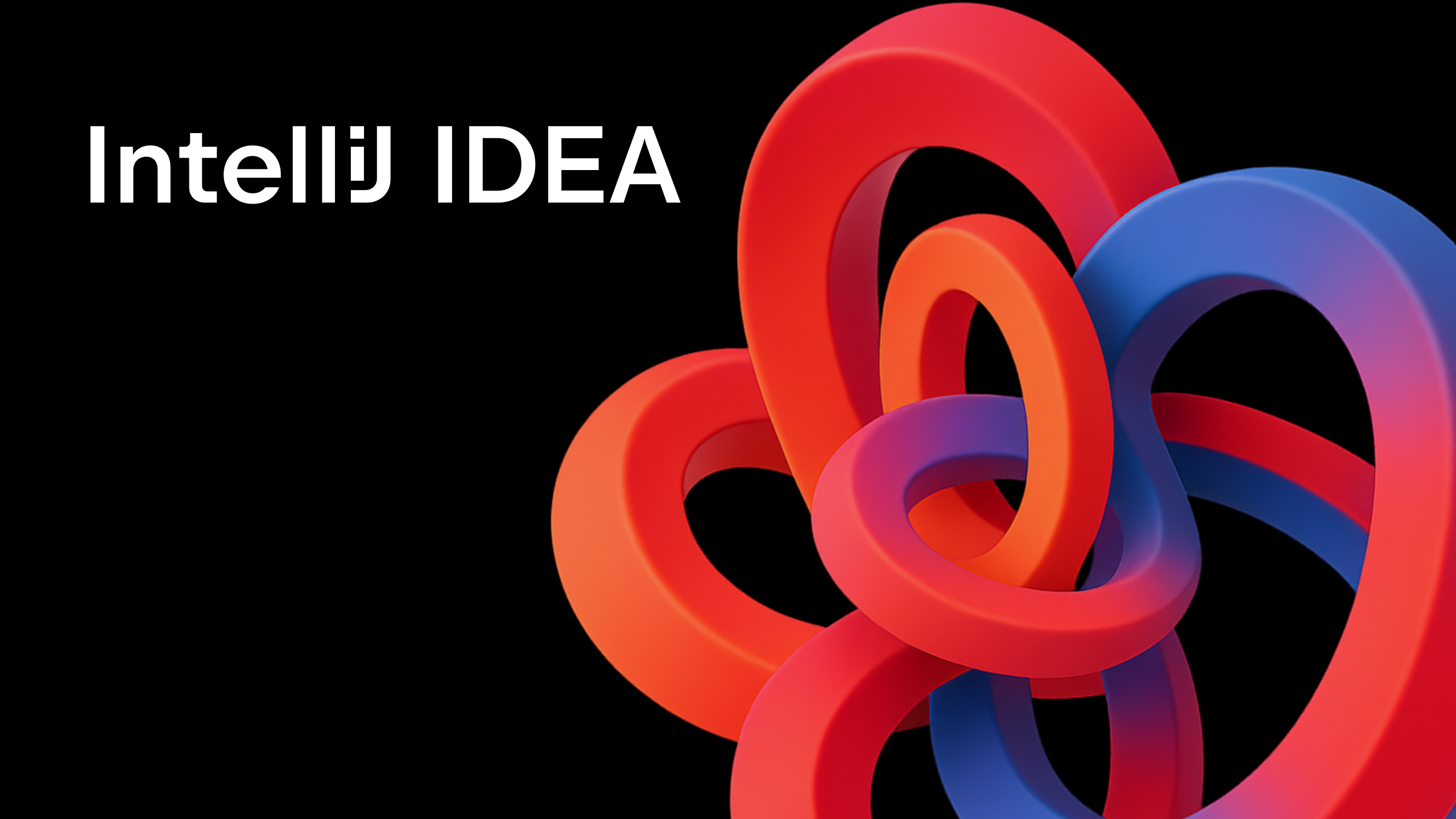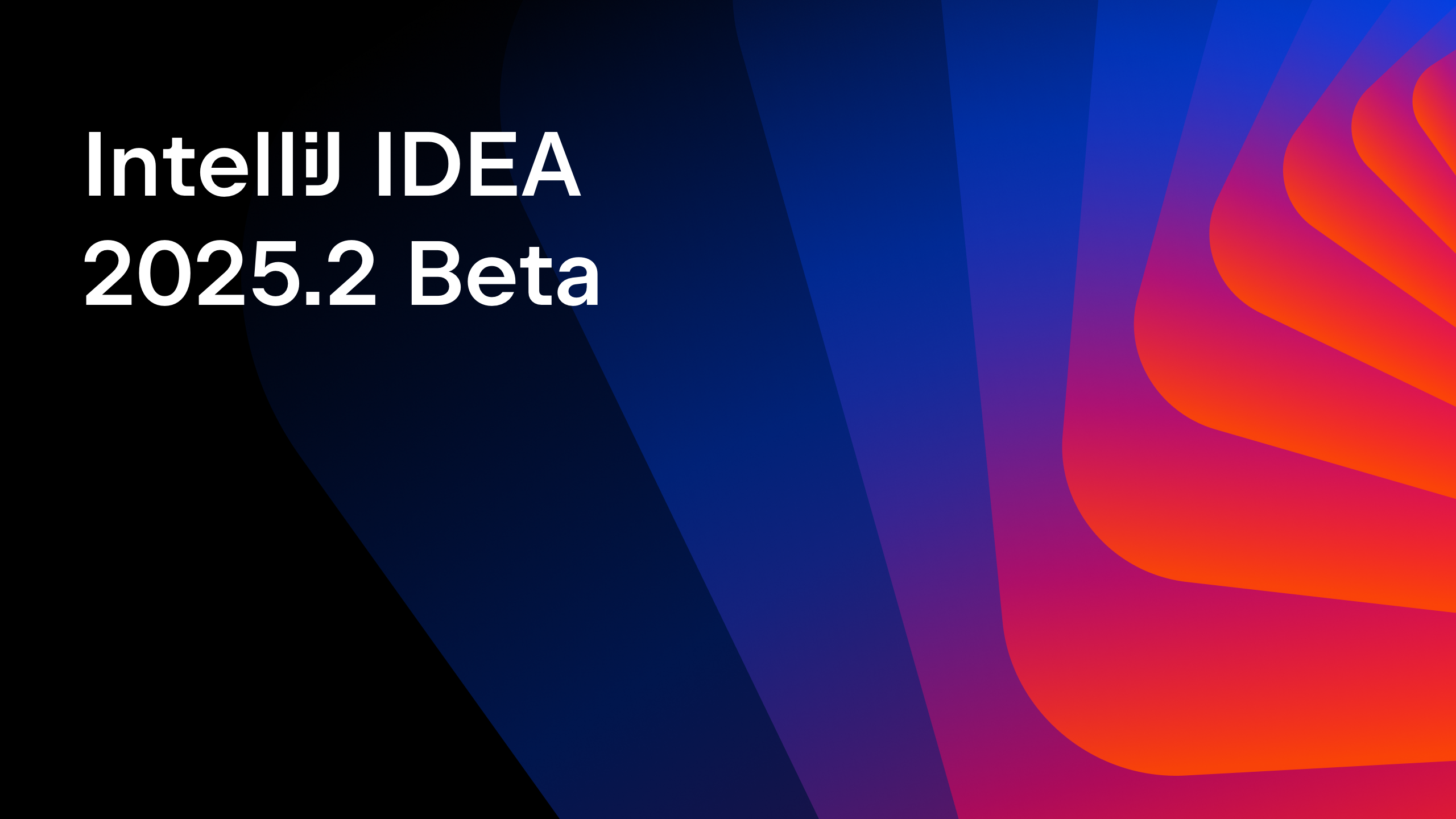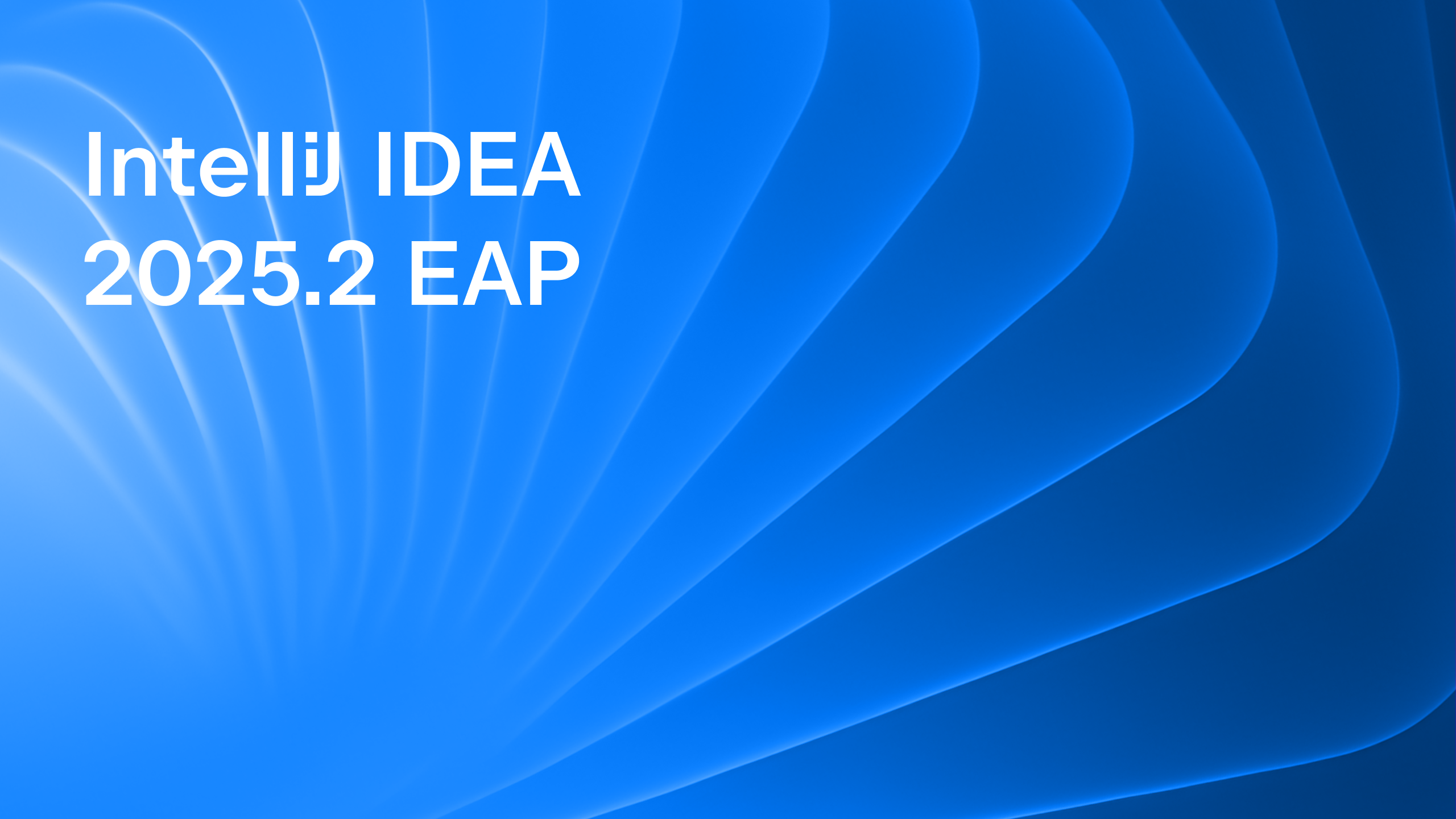IntelliJ IDEA
IntelliJ IDEA – the Leading IDE for Professional Development in Java and Kotlin
IntelliJ IDEA 2024.3 EAP Is Open!
The Early Access Program for IntelliJ IDEA 2024.3 is officially underway! The first EAP build is now available, offering you an early look at the first portion of improvements introduced for the next major release.
You can download this version from our website, update directly from within the IDE, use the free Toolbox App, or install via snap packages for Ubuntu.

Download IntelliJ IDEA 2024.3 EAP 1
New to the EAP? Our introductory blog post explains how the program works, why your feedback is important, and how you can get involved.
Stay tuned for the EAP updates over the next few weeks to try out new features in IntelliJ IDEA. Try them out, provide your feedback, and play a part in shaping the future of the IDE.
AI Assistant
Inline AI prompt
We’re introducing a new, seamless way to interact with AI Assistant directly in the editor: an experimental inline input that detects and processes your requests as you type. This lets you express your intentions in natural language, which AI Assistant instantly interprets and converts into code changes without any extra steps. This feature is currently available for Java and Kotlin.
Simply type your prompt where you’d like to make adjustments, hit Tab, and if the result isn’t quite right, you can undo the changes by hitting Ctrl+Z and modify your prompt before trying again.

Java and Kotlin
Improvements in constant conditions
We’ve significantly improved the support for our data flow engine, particularly in handling aliasing cases. This enhancement applies to both Kotlin and Java, allowing for more accurate analysis in scenarios where references may point to the same instance.
Let’s take a look at an example:

Previously, IntelliJ IDEA would consider a1 and a2 as completely separate instances, which is generally a reasonable assumption. However, this is not always the case.

If we pass the same reference to both arguments, the function actually prints ALIASED! – indicating that a1 and a2 are, in fact, the same instance.

With the improved data flow engine, IntelliJ IDEA now handles such aliasing cases more accurately, leading to fewer false positives in inspections and a more reliable coding experience.
K2 mode enabled by default
Starting with 2024.3 EAP 1 and continuing through all upcoming EAP builds, K2 mode will be enabled by default. K2 mode is the new Kotlin support implementation in IntelliJ IDEA, designed to improve IDE stability and lay the groundwork for future Kotlin language features. For more details, check out our blog post.
Our goal is to make K2 mode the default in future releases, and your feedback is crucial to help us fine-tune it. Share your experience with us on our public Slack channel or via YouTrack to help ensure K2 launches at its best!
Not all K1 API-dependent plugins are currently compatible with K2 mode. To help plugin authors speed up the migration process, we’ve prepared a migration guide for those using the K1 plugin API. You can also reach out to us on our Slack channel to ask questions.

Multi-dollar interpolation support in Kotlin
Starting with this build, IntelliJ IDEA with K2 mode enabled supports an experimental language feature – multi-dollar interpolation. This feature simplifies working with strings that include literal $ symbols, eliminating the need for workarounds like ${'$'}.
For example, declaring JSON schemas in your code now looks cleaner:

User experience
Spelling and grammar checks during indexing
Building on the progress made in the 2024.2 release, we’re continuing to optimize wait times during project model building and indexing, ensuring essential features are available immediately. With this update, spelling and grammar checks are now accessible even while indexing is in progress. This allows you to catch errors, such as those in Markdown documents and documentation tags, without waiting for indexing to finish.

Branch name display on the Welcome screen
The Welcome screen now shows the branch name to help you stay organized when handling multiple project versions and easily switch between working directories.

Workspaces in IntelliJ IDEA
This EAP build includes the recently announced Workspaces feature, allowing you to manage multiple projects simultaneously, with each project using its own technology stack and build tool, and running independently. For now, setting up your workspace requires installing a plugin from JetBrains Marketplace. You can find more details on the concept, usage scenarios, and implementation in this dedicated blog post.
This feature is in its early development stage. We encourage you to try it out and share your feedback to help us refine and improve it for your needs.

These are the most notable updates from the first week of the IntelliJ IDEA 2024.3 Early Access Program. For a full overview of the changes in this EAP build, check out the release notes.
Stay tuned to our blog for weekly updates as we continue to add new features for the next major release. Your feedback is critical to us, so please share your thoughts on the latest additions by commenting on this post or reaching out to us on X. If you encounter any bugs, please report them via our issue tracker.
Subscribe to IntelliJ IDEA Blog updates







